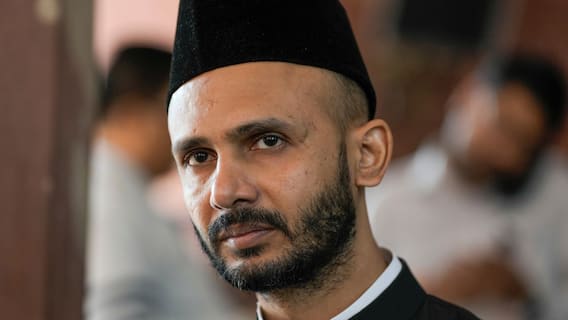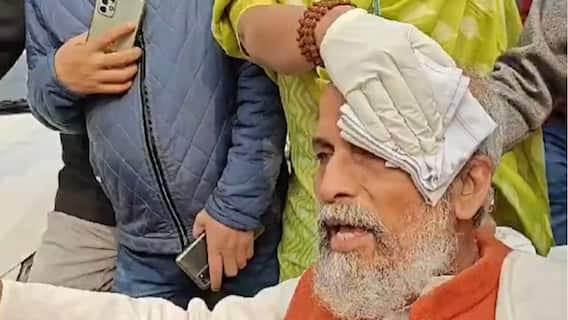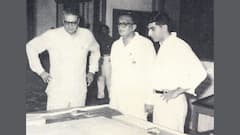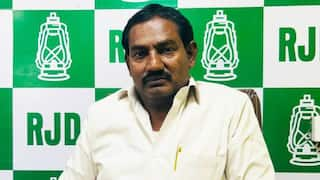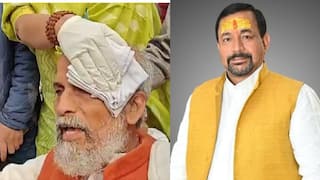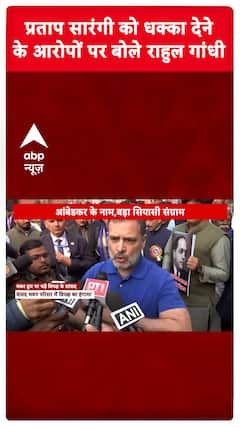RBI Bank CEO Guidelines: Tenure Capped At 15 Years; Know The Immediate Impact Of These Guidelines
In view of the the smooth transition to the new requirements, incumbents who have already completed the 12/15-year tenure as bank chiefs will be allowed to complete their current term.

In a fresh set of instructions, the Reserve Bank of India has capped the tenure of an MD & CEO of a private bank saying the post cannot be held by the same individual for more than 15 years at a stretch.
In line with the above instructions given to the bank by the apex bank on Monday, it said in the case of a promoter-CEO, the tenure will be capped at 12 years.
READ: Struggling To Raise Funds For Medical Expense During Covid Crisis? Here Are Options You Can Consider
What are the new guidelines?
According to RBI, an MD & CEO or WTD who is also a promoter or a major shareholder, cannot hold these posts for more than 12 years. However, in extraordinary circumstances and at the RBI’s sole discretion, the incumbent may be allowed to stay on as MD & CEO or WTD for up to 15 years.
However, in view of the smooth transition to the new requirements, incumbents who have already completed the 12/15-year tenure as bank chiefs will be allowed to complete their current term.
ALSO READ: Netizens Irked As 5-Star Hotel Rooms Reserved For Delhi HC Judges, Officers
While the current upper age limit of 70 years for MD & CEO and whole-time director (WTDs) in private sector banks will continue. However, within the overall limit of 70 years, individual bank boards are free to prescribe a lower retirement age for the WTDs, including the MD & CEO.
Other than capping the tenure of a chief executive at a private bank at 15 years, the RBI also tightened corporate governance rules.
Apart from this, the individual will be eligible for re-appointment as MD & CEO or WTD in the same bank only when considered necessary and desirable by the board. However, the reappointment will be allowed only after a three-year cooling period during which the “individual shall not be appointed or associated with the bank or its group entities in any capacity either directly or indirectly”.
The current upper age limit of 70 years for MD & CEO and WTDs in private sector banks will continue. It is to be noted that within the overall limit of 70 years, individual bank’s boards are free to prescribe a lower retirement age for the WTDs, including the MD & CEO.
The other key change includes the upper age limit for non-executive directors (NEDs), including the chair of the board, which has been capped at 75 years.
WATCH: Ravi Bishnoi Takes 'Catch Of The Tournament' To Dismiss KKR's Sunil Narine
The total tenure of a NED, continuously or otherwise, on the board of a bank will not exceed eight years. After completion of the tenure, the person may be considered for re-appointment only after a minimum gap of three years although the person can be appointed as a director in another bank.
An audit committee of a bank will only have non-executive directors, half of whom will be independent. Non-executive directors will form the majority on the risk management committee which must meet at least once every quarter.
The nomination and remuneration committee of a bank will only have non-executive directors.
What is the immediate fallout of these guidelines?
At present, Uday Kotak, who is the promoter of Kotak Mahindra Bank, remains the longest-serving chief of a bank, having assumed charge at the time of the bank’s establishment in 2003.
Under the new guidelines, Uday Kotak can continue as MD and CEO of Kotak Mahindra Bank until January 2024 after which the company will have to appoint a successor.
In December, the RBI approved Kotak’s reappointment as MD & CEO for a three-year term beginning January 1, 2021. In a similar case, in October 2020, Aditya Puri stepped down from the MD’s role at HDFC Bank after having held it for over 25 years.
Trending News
Top Headlines






